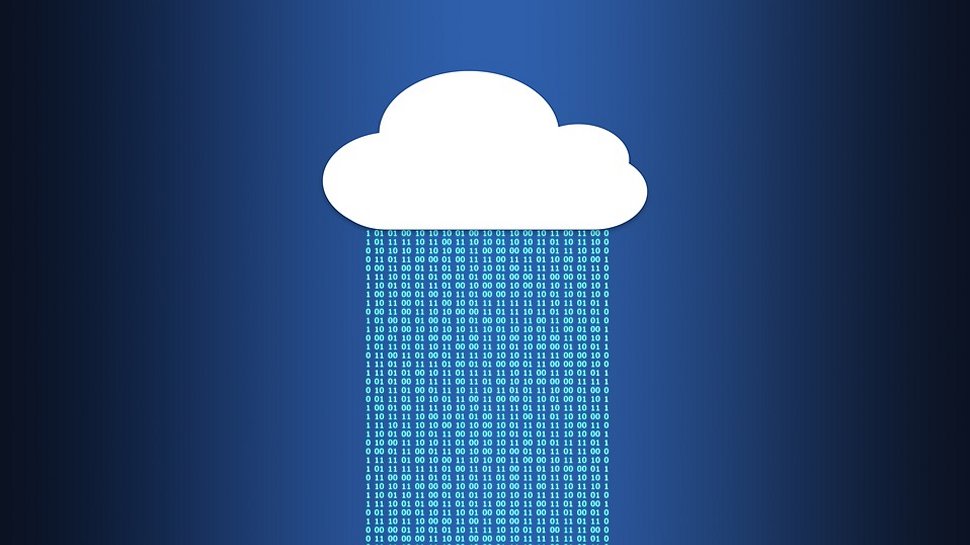Three big myths around cloud storage in 2023
Debunking cloud myths to ensure optimal use of cloud storage

Myths continue to afflict the cloud storage market, giving rise to misconstrued understandings and often-ineffective implementations of storage solutions. Some of the most prevalent myths include concerns that cloud storage is bad for the environment, that the cloud is not a safe place to store backups, or that everything must be stored on one cloud.
Misguided environmental concerns regarding the cloud can discourage companies from opting for cloud storage solutions, fearing it will detract from their sustainability strategies. Incomplete or outdated understandings of cloud storage security practices could lead to companies opting for unnecessary backup options, or options more easily threatened by security breaches. Furthermore, hyperscalers pushing for everything to be stored on the cloud - and on one-cloud - is impractical, risking poorer storage quality and locked-in data becoming increasingly expensive to handle.
Evidently, there is a pressing need to explore and debunk such myths to ensure businesses are making optimal use of cloud storage.
David Friend is co-founder and CEO of Wasabi Technologies.
Myth 1 - Cloud storage is not environmentally friendly
Data centers are notoriously energy-hungry and heat-intensive. Yet, whilst it is true that data centres consume up to 1.5% of the world’s electricity, they remain the optimal solution for providing storage in a sustainable and energy-efficient way.
Data centers dramatically improve the utilization of computing and storage resources. In comparison to PC hard drives- where storage capacity is rarely used in full - data centres rent out any unused space to customers, thus using the storage space as fully and efficiently as possible. This high utilization helps to maximize energy efficiency, resulting in more sustainable operations. Globally, 14 gigawatts of electricity is used to drive PC hard drives with vast amounts of energy wasted on unused storage. Data centers' high utilization of storage dramatically cuts this energy waste, minimizing the watts supporting empty storage.
Alongside storage, data centers also maximize utilization of computing, dramatically reducing the electricity needed to perform the same work by an array of individual PCs. Their overall energy efficiency is evident in recent IEA data which shows that, despite the workload for data centres rising 260% between 2015-2021, global energy use attributed to data centres has shown only a 10% increase.
The innovation potential of data centres to optimise energy performance promises future reductions in their energy usage. Consolidating and standardising the storage and computing resources powering digital services means innovations which reduce waste and energy consumption can be rolled out rapidly. Furthermore, where possible, data centres can harness renewable energy. This improves the sustainability of stored data, as regardless of their own location, companies can opt for cloud vendors using data centers powered by clean energy.
Myth 2 - The cloud is not safe
To achieve solid data security, companies often opt for the traditional “gold standard” of the 3-2-1 backup policy which entails the need for three data copies, using two diverse storage media, with at least one backup being offsite. However, this practice is now obsolete. The “two diverse media'' generally meant one copy on traditional hard disks and the other copy on tape. Since the arrival of the cloud, this backup policy has evolved to the 3-2-1-1-0 strategy: 3 copies, in at least 2 locations, with 1 copy offsite, 1 copy stored immutably, and tested for zero errors.
The trend of having multiple locations for backups could bring with it concerns that storing solely on the cloud is a less safe option. However, having two copies on the cloud is equally as secure and removes the risk of the second copy being damaged physically, whether by a hacker or by physical threats such as a fire or flood. Additionally, providers like Amazon, Google, Microsoft, and Wasabi adhere to a gold standard of storage, with 11 nines of durability (99.999999999%) for their stored data. Having 11 nines of durability ensures that if a user stores a million objects, statistically, one object will be lost every 659,000 years - much better odds than on-premise durability.
Furthermore, those accustomed to the traditional backup policy - physically achieving an immutable copy on tape by putting it away in a cardboard box or breaking a plastic tab on the tape cartridge rendering it unwritable - might feel uneasy trusting the cloud to secure their backups. However, the “immutable” storage offered by the cloud provides solid back-up security, whereby it is locked and cannot be altered or deleted, preventing hackers from destroying backups.
The immutable cloud copy is often "air gapped”, meaning it remains disconnected from the corporate network and is imperceptible to anyone who might attempt to hack it. This is because companies leave the replication of the cloud copies to the cloud vendor, whereby the user backs up to one cloud location and the cloud vendor replicates the backup so it remains unseen by the corporate network, maximizing the backup’s protection.
Myth 3 - Everything should be stored in one cloud
Despite the rapid expansion of the cloud storage market, AWS, Microsoft and Google collectively account for just over four fifths of the entire cloud market. Hyperscalers risk a one-cloud approach, given the wide array of services they offer. However, the convenience of such an approach, whereby corporate data management and storage can be kept all in one place, comes with a trade off of the quality, cost-efficiency and security of the solutions they offer.
Adopting a hybrid approach is optimal as this ensures the risk is spread across providers. Businesses can select solutions from multiple specialty vendors offering best-of-breed products, with technical support for specific services. For example, when businesses need quicker storage solutions for certain processes - like in media and entertainment, where organizations may need to store large data files and access them quickly - using a focused provider for that particular service is the best option.
A hybrid storage approach also prevents businesses from becoming locked in to one vendor, which can result in services becoming expensive, inflexible and difficult to withdraw from. Accessing data back can cost a fortune in egress fees from some providers, and if dependent on a cloud vendor’s apps, moving to a different vendor creates an enormous, expensive engineering challenge. Having all company data stored in one place also increases security risk, given that one successful breach of the vendor would threaten all company data.
By using a mixture of public, private or on-premise cloud resources to store and manage their data, companies avoid becoming locked-in and can opt for services which suit their specific needs for data access. Piecing together specific solutions from multiple vendors both on-prem and in the cloud ensures high quality across all chosen products, and enables businesses to remain flexible, going to the right vendor for the best solution.
Mastering the myths
The cloud storage market continues to grow rapidly, with forecasters predicting its market valuation at $376.67 billion by 2029, up from $70.19 billion in 2021. As more businesses utilize cloud storage, it becomes increasingly important for us to overcome the myths surrounding its usage, so as to avoid misguided investment and ensure that all companies can select the best services possible for their particular storage needs.
For companies to expand their digital needs in an efficient and environmentally friendly way, they will need to recognise the cloud as the most sustainable storage solution around. Improving understanding of the cloud’s “immutable” storage offering enables businesses to maximise the security of their stored backups, particularly with the security advantage of the invisible “air gapped” copy. Finally, opting for a hybrid cloud approach avoids vendor lock-in and ensures companies can select a wide array of suitable, secure, and cost-effective storage solutions.
Are you a pro? Subscribe to our newsletter
Sign up to the TechRadar Pro newsletter to get all the top news, opinion, features and guidance your business needs to succeed!
David Friend, co-founder and CEO, Wasabi Technologies.
